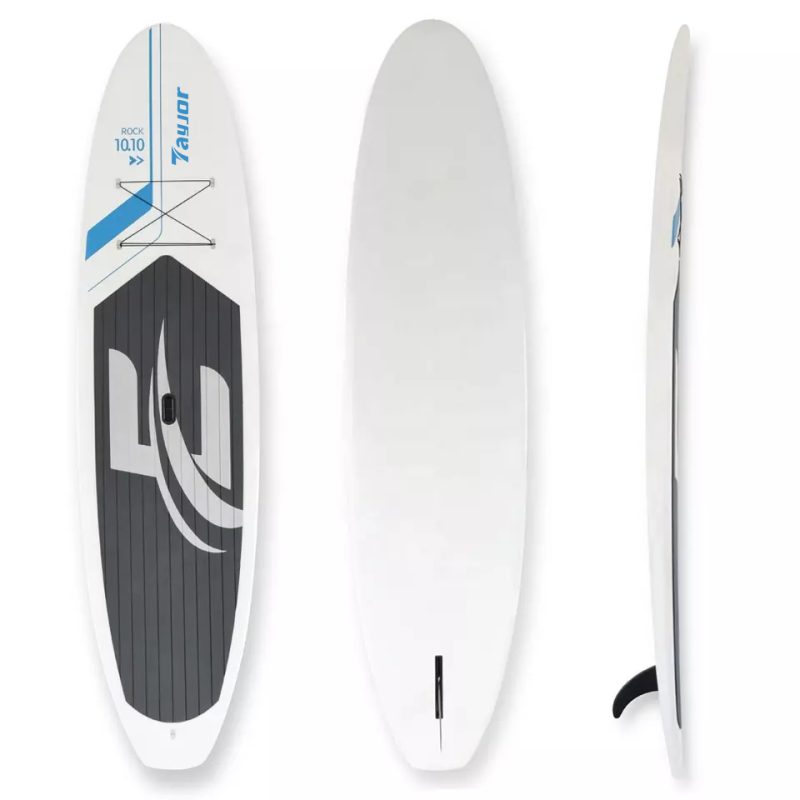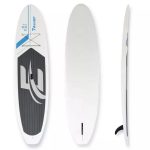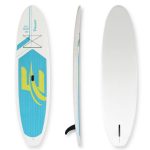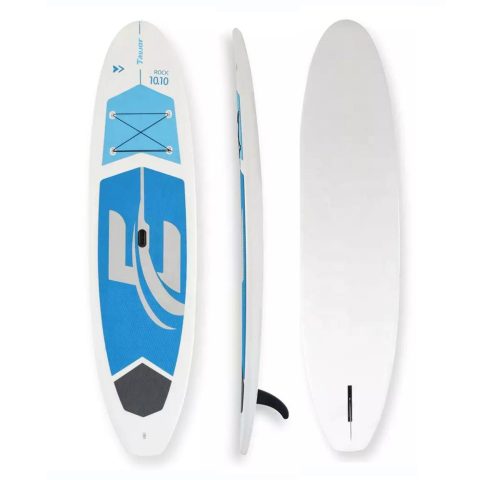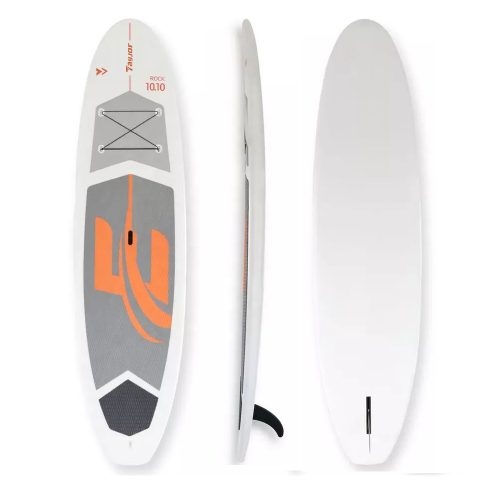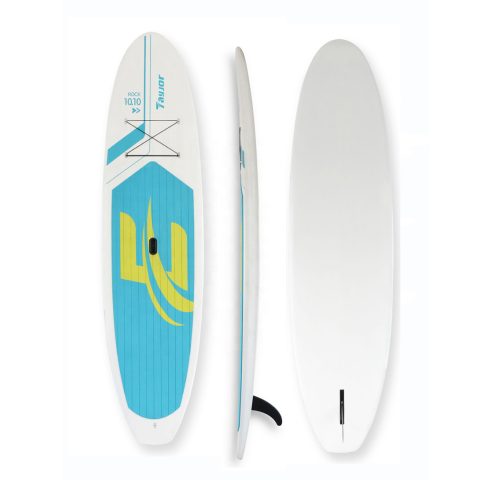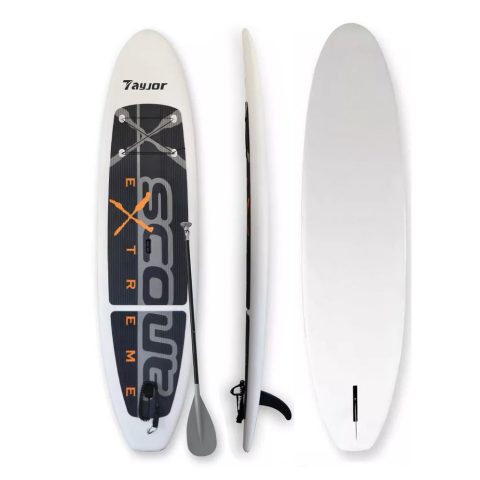Best hard paddle boards – FOAMING HARD PADDLE BOARD Rigid Paddle Boards For Sale – Customized Design – Paddle board Factory
Best hard paddle boards
Hard paddle boards
FEATURES:
- Iron Hide Construction
- Soft Non-slip EVA Form Deck pad
- Bungee rope storage system
- Comfort center Grip Neoprene handle
- Stainless steel D ring on tail for ankle leash
- Activity Type: leisure
- Rider level :Rookie
- The ride : Max stability
- board durability :Tough

Iron Hide Construction ; Iron Hide Construction ; Iron Hide Construction
PACKAGE INCLUDED:
- 1 x Paddle Boad (Optional accessory)
- 1×10’ Ankle leash (Optional accessory)
- 1 x Grooved tail fin(Standard accessory)
- 1 x Shoulder Strap (Optional accessory)

Container Loading:
Package : Cardboard , Bubble bag and poly bag
With Carton
20/40/40H/45H: 38/114/126/168
No Carton
20/40/40H/45H: 50/150/165/220



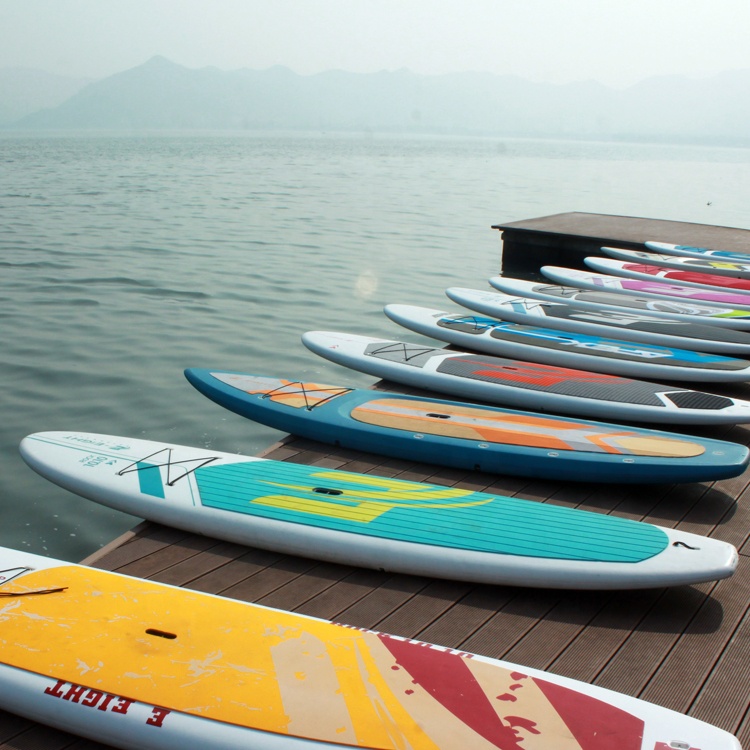

If you are interested in our paddleboard and want to know more details,please leave a message here,we will get in touch with you shortly!
Introduction to the Best Hard Paddle Boards
Hard paddle boards, also known as solid paddle boards, are popular among water sports enthusiasts. They are strong, easy to use, and ready to go at any time. If you enjoy paddling on lakes, rivers, or oceans, a hard paddle board might be perfect for you. Let’s explore the characteristics, production process, selling points, and advantages of the best hard paddle boards.
Characteristics of Hard Paddle Boards
- Solid Construction: Hard paddle boards are made from solid materials like fiberglass, epoxy, or plastic. This makes them very sturdy and reliable.
- Variety of Sizes: These boards come in different sizes. You can choose a size that fits your height and weight. Smaller boards are easier to handle, while larger boards offer more stability.
- Deck Padding: Many hard paddle boards have a cushioned deck. This padding makes standing and paddling more comfortable, especially for long periods.
- Built-in Handles: These boards often have built-in carrying handles. This feature makes it easy to transport the board to and from the water.
- Attachment Points: Some hard paddle boards have attachment points for gear. You can secure items like coolers, dry bags, or even a small seat.
Production of Hard Paddle Boards
- Materials: The production starts with choosing the right materials. Common materials include fiberglass, epoxy, and plastic. Each material has its own benefits.
- Shaping: The board begins as a blank, which is a rough shape of the board. This blank is then shaped into the final design. Shaping is done by skilled craftsmen using tools to carve and smooth the board.
- Laminating: After shaping, the board is laminated. This involves covering the board with layers of fiberglass and epoxy resin. This process makes the board strong and water-resistant.
- Sanding and Finishing: Once the resin has dried, the board is sanded to create a smooth surface. The board is then painted or given a clear coat for protection and a polished look.
- Adding Features: Finally, the board is fitted with features like deck padding, handles, and attachment points. These additions make the board more user-friendly and functional.
Selling Points of Hard Paddle Boards
- Durability: Hard paddle boards are very durable. They can handle rough use and are built to last. This makes them a great investment.
- Performance: These boards perform exceptionally well on the water. They glide smoothly and are easier to control. This makes them ideal for various paddling conditions.
- Stability: The solid construction provides a stable platform, which is important for beginners and for doing activities like yoga.
- No Setup Time: Unlike inflatable boards, hard paddle boards are ready to use immediately. You don’t need to spend time inflating or deflating them. This is a big convenience, especially if you have limited time on the water.
- Variety of Uses: Hard paddle boards are versatile. You can use them for various activities like paddling, yoga, fishing, or even surfing. Their solid construction makes them suitable for different types of water and weather conditions.
Advantages of Hard Paddle Boards
- Sturdiness: Hard paddle boards are very sturdy. They provide a stable platform, which is important for beginners and for doing activities like yoga. The solid construction ensures the board can handle bumps and scrapes without getting damaged.
- Ease of Use: These boards are easy to use. You can just grab your board and head straight to the water. This convenience is a big plus, especially if you want to make the most of your time on the water.
- Versatility: Hard paddle boards are suitable for different activities. Whether you want to paddle on a calm lake, do yoga, fish, or surf, a hard paddle board can handle it all.
- Reliability: These boards are made from tough materials that can withstand rough use. They are built to last, so you don’t have to worry about them getting damaged easily.
Choosing the Right Hard Paddle Board
- Size and Weight: Think about how you will transport and store your paddle board. A smaller, lighter board is easier to carry. However, a larger board offers more stability and can carry more weight.
- Purpose: Consider how you will use your paddle board. For calm lakes and rivers, a basic hard paddle board is sufficient. For ocean paddling or yoga, look for a board designed for those activities.
- Budget: Set a budget before you start shopping. Hard paddle boards come in various price ranges, so you can find one that fits your budget.
- Features: Decide which features are most important to you. Do you need extra storage, a cushioned deck, or attachment points for gear? Make sure the board you choose meets your needs.
Using a Hard Paddle Board
- Preparation: Before you head out, check your paddle board for any cracks or damage.
- Launching: To launch your paddle board, place it in shallow water. Stand beside the board, step onto it, and start paddling. Use the paddle to push off from the shore.
- Paddling: Once you are on the water, find a comfortable standing position. Use the paddle to move forward, steer, and stop. Keep your balance by bending your knees slightly and using your core muscles.
- Returning: Step off the board carefully and carry it back to your vehicle or storage area.
Safety Tips
Here are some safety tips to keep in mind.
- Wear a Life Jacket: Always wear a life jacket when paddling. It’s an essential safety measure.
- Check the Weather: Avoid paddling in bad weather. Strong winds and waves can make paddling dangerous.
- Stay Hydrated: Bring plenty of water to drink. Being out on the water can be dehydrating.
- Tell Someone: Let a friend or family member know where you are going and when you expect to return. This way, someone knows to look for you if something goes wrong.
Conclusion
In conclusion, hard paddle boards are a fantastic choice for anyone who loves paddling. They are sturdy, offer excellent performance, and are easy to use. With the right features and proper use, you can enjoy many fun and safe paddling adventures. Remember to consider your needs and safety when choosing a paddle board. Whether you are a beginner or an experienced paddler, a hard paddle board can help you make the most of your time on the water. So, get ready to explore the waters with your new paddle board and enjoy the experience!


